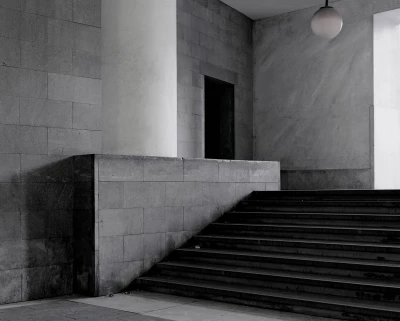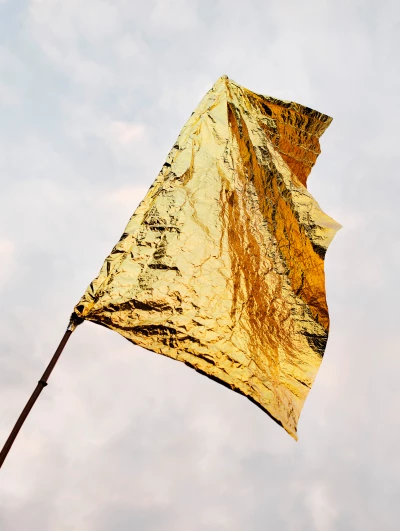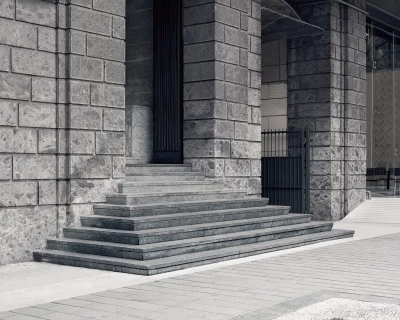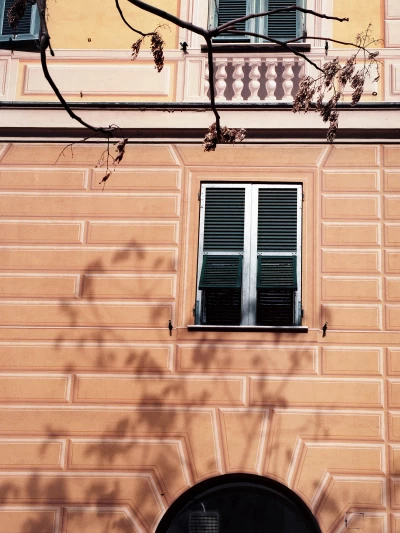Les Sabots de Vénus is a dramatic project inspired by 1930s monumental architecture, examining the legacies of morally compromised historical figures. The series began during a residency in Genoa, where I was struck by fascist monuments still dominating squares and avenues, an uncanny reminder of how the past persists in public spaces.
At the center is Magda Fontanges (born Madeleine Coraboeuf, 1905–1960), an actress, journalist, and spy whose life intersected with notorious figures of the interwar and wartime period. She befriended Mussolini and engaged with German intelligence, maintaining ambiguous ties to the Vichy regime. Later accused of theft, her trajectory embodies opportunism, moral ambiguity, and the seductive danger of influence. She is fascinating, yet deeply problematic, a figure demanding reflection rather than admiration.
In minimalist, frozen settings, each character in the series hovers between personal identity and the role imposed by history. Drawing on archival documents, the portraits capture this tension: faces, static and introspective, interwoven with symbols inspired by sculptural architecture. The scene becomes a theatre where gestures and tics evoke the erosion of idealism and the persistence of power structures.
Les Sabots de Vénus explores erased memory, showing how the histories of places and symbols collide with those of the individuals who inhabited them. The project invites viewers to confront the persistence of troubling legacies in landscape and imagination, where past and present intertwine, crystallized within both scenic and photographic frames.











